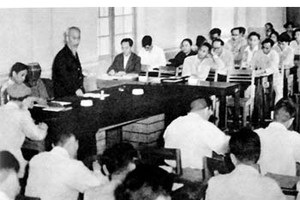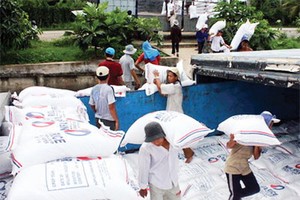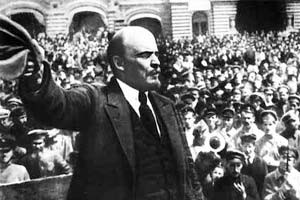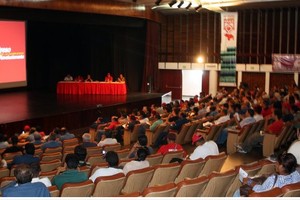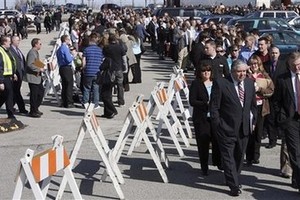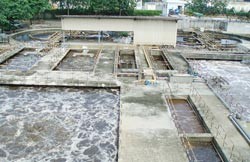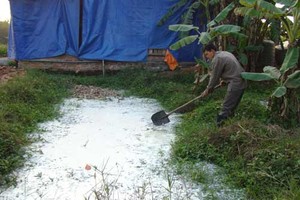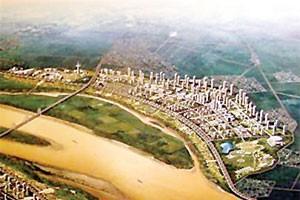According to the railroad industry, only 80 out of 1,000 freight cars have composting rest rooms while the remaining use Hopper Toilets which are simply round holes cut through the floor, suggesting over 90% of trains are dropping waste directly onto the tracks.

The system and these statistics pose questions about the implications on health and the appropriateness of the system.
“We know we have to use the old trains [which have Hopper Toilets], but we do worry about the environmental contamination and the spread of diseases especially when the railway industry still does not have any appropriate sanitary measures to protect us”, a hapless man living near the tracks told Sai Gon Giai Phong.
Although passengers are not allowed to use the toilets when the train is running through residential zones, "who could ensure that germs from wastes are not carried by the wind to other places?", the man wondered.
Mr. Nguyen Minh Dao, a senior official from the state-run Viet Nam Railway Corp., said that since 2001, all newly-built freight cars already have composting rest rooms. The 900 freight cars that are dropping waste directly onto the tracks are old ones that need to be installed with modern toilet systems.
However, to do so means firstly having to upgrade the water system and the freight cars’ floors. Then, a set of composting rest rooms cost US$10,000, not to mention installation fees, Dao said.
Many people, however, protest that the railway cannot use the lack of funds as an excuse to delay the upgrade. As a solution, the railway sector should put up tenders to outsource the building of composting rest rooms.
Winning contractors can collect fees from train passengers who use their hygienic rest-rooms, many reasoned.
By doing so, the railway industry not only can upgrade their toilets but also raise the general sanitation standards for the whole system and hence attract more passengers.
Trains in Viet Nam now mostly consists of ten freight cars, each accommodating up to 70 passengers. The railway covers approximately 2,600 kilometres of track from the North to the South.





